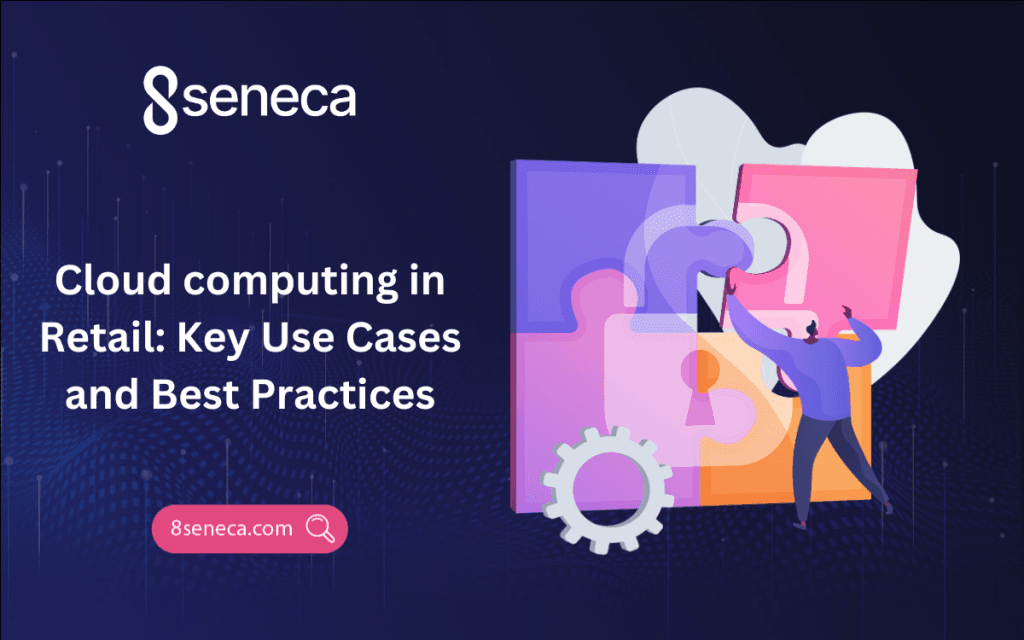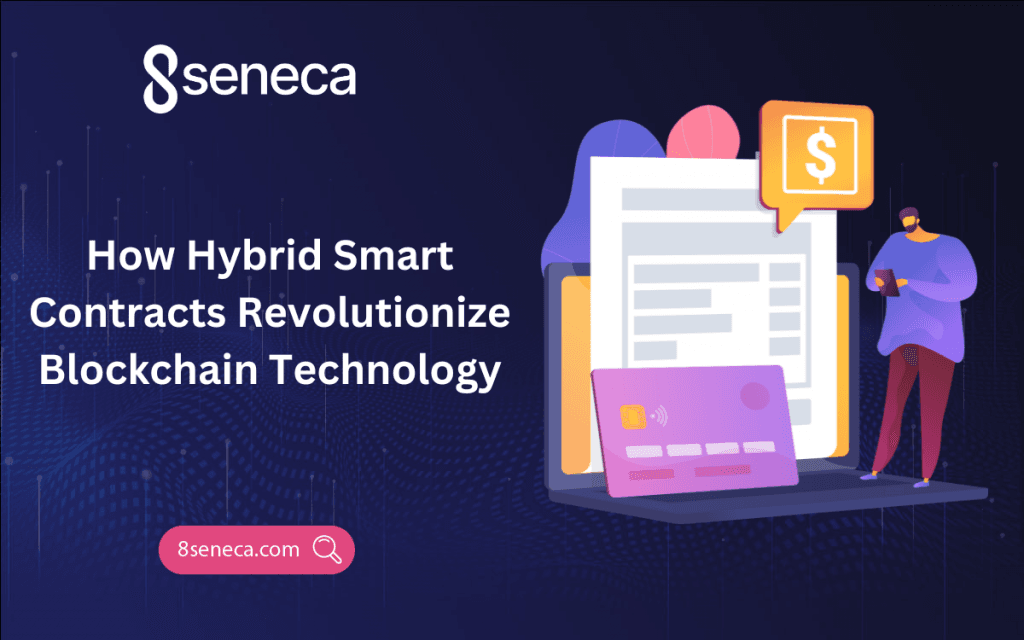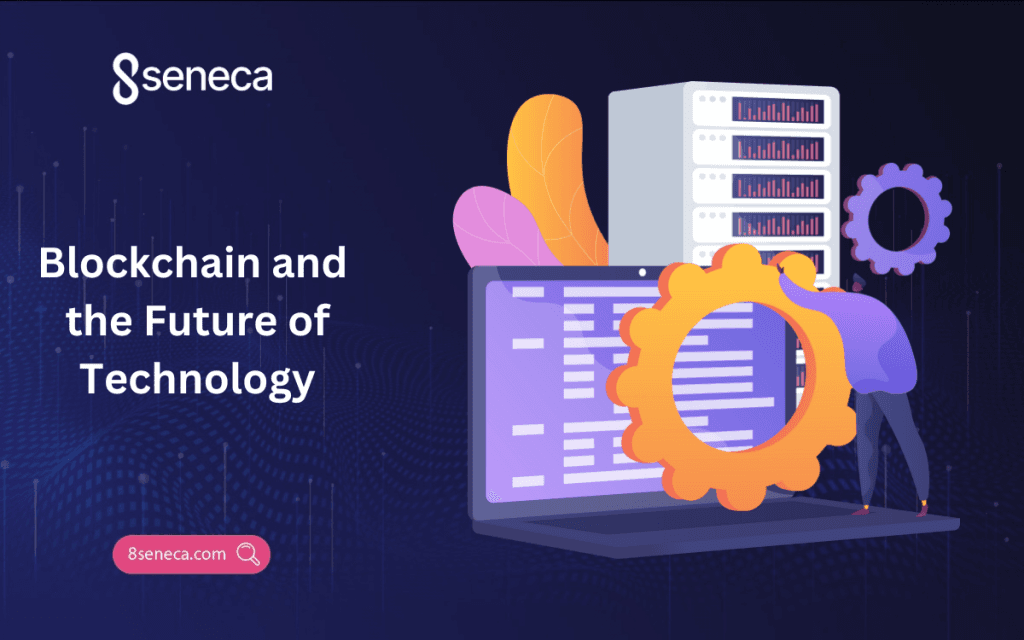Cybersecurity: Protecting Our Digital World
The importance of cybersecurity in today's digital age. Learn tips to protect your data and systems from digital threats.

In a world where everyone and everything is seemingly “interconnected,” (thank you, Internet of Things!) cybersecurity has become an ever-growing issue for almost everyone—individuals, businesses of any sizes or in any industry, all levels of government, and even nation states. With our increasing reliance on technology to communicate, conduct business and pleasure, and even live our everyday lives, the need to protect both our personal “stuff” and intellectual property as well as that of corporations and governments against cyber threats has become absolutely imperative. Let’s start with a working definition of cybersecurity.
Brief Definition of Cybersecurity
To begin with, cybersecurity pertains to the practice of protecting systems, networks and programs from digital attacks. These cyber-attacks usually aim at gaining access to or destroying sensitive information, extorting money from users or interfering with regular business operations. The implementation of effective cybersecurity measures is particularly difficult in today’s world because there are more devices than people and attackers are becoming more creative. Furthermore, cybersecurity includes activities such as detection of cyber threats; prevention of cyber-attacks; response to security incidents.
Cybersecurity involves multiple layers of protection that span computers, networks, programs and data. It relies on technology, processes and practices that combine together to safeguard against unauthorized access and ensure confidentiality integrity, availability of information. Encryption technologies, for instance, ensure that data remains unreadable by unauthorized individuals even if intercepted, while firewalls protect against malicious activities before they can cause harm.
Importance of Cybersecurity in Today’s Digital Age
The importance of cybersecurity within the contemporary digital landscape cannot be overstated. Primary, there is an increase in our dependence on digital tools with both professional and personal activities being conducted online most frequently. This shift towards digitization has made it easier for cyber criminals to take advantage of such loopholes. Therefore, securing personal data, financial information and intellectual property forms a foundation of privacy and security.
Furthermore, businesses of all sizes are exposed to cyber-attacks that could result in severe financial losses, damage to reputation and legal actions taken against them. In this regard, companies should ensure the safety of their digital resources for operational sustainability. As well as protection for sensitive details about their clients or customers. Moreover, it is imperative to protect customer trust since a data breach can ruin a company’s image thus eroding its clients’ confidence in the enterprise.
On the other hand, government institutions operating within the public domain constantly face dangers from hacktivists and state-sponsored actors. These individuals aim to disrupt critical services or access classified intelligence. Specifically, this implies that national security goes hand in hand with strong online preventive measures set up for such purposes. Any breaches encountered through these systems have far reaching implications including but not limited to compromised national security economic destabilization among others and risk on public safety.
Furthermore, the rise of Internet of Things (IoT) gadgets has raised new concerns. In other words, with more devices being networked, criminals also find additional points to attack. Moreover, most of these devices have low security standards that make them easy targets for hackers. For instance, this also affects the protection of such items as well as their respective data generation and transmission.
Recent High-Profile Cyber-Attacks
To underscore the importance of cybersecurity, let us analyze some recent high-profile cyber-attacks. In May 2021, one of the United States largest fuel pipelines called Colonial Pipeline became a victim of ransomware. It led to that company being forced to shutdown its operations thereby causing shortages and increased prices of fuel in the whole eastern seaboard. This event demonstrated how critical infrastructure can be vulnerable to cyber threats and effects they might cause. The attackers, believed to be members of DarkSide hacking group, used a single hacked password to gain entry into the network, highlighting therefore the importance of strong password policies and multi-factor authentication.
Another significant example is SolarWinds attack which was discovered in December 2020. Hackers were able to break into SolarWinds’ software supply chain; a company that’s accountable for IT management on large scale and infected their Orion software with malicious code. Consequently, this breach affected numerous government agencies such as Department of Homeland Security and Department of Treasury as well as many private sector organizations. This highlighted the magnitude as well as sophistication involved in SolarWinds attack leading to an urgent need for more carefulness all round across all sectors about cybersecurity. US intelligence agencies are often able to identify these groups.
Additionally, thousands of international businesses faced a huge impact when Kaseya, a company providing IT management solutions, experienced a cyber attack by ransomware in July 2021. The attackers exploited a vulnerability in Kaseya’s VSA software, allowing them to distribute ransomware to the company’s customers. This incident highlighted how cybercriminals target supply chains to maximize their impact. Thus, they affected numerous corporations through a single point of entry. The group behind this attack, known as REvil, demanded a $70 million ransom, underscoring the growing trend of high-stakes ransomware incidents.
In September 2021, hackers breached T-Mobile, exposing the personal information of over 40 million customers. The attackers got access to the customers’ names, addresses, birthdates, and social security numbers. Thus, they could have stolen their identity to conduct frauds. The episode once more brought into sharp focus the risks that continue to haunt the telecom sector and the requirement for robust data protection.
How to Enhance Cybersecurity
Given the growing threat landscape, it is crucial to adopt robust cybersecurity practices. Here are some practical steps to enhance cybersecurity:
- Regular Software Updates and Patch Management: First of all, remember to update all available software and systems with their security patches, as cybercriminals often exploit vulnerabilities. Software vendors regularly release patches for various security flaws, and timely updates are crucial to prevent any risks.
- Strong Password Policies: Create strong, unique passwords for all accounts. Let’s not forget to use multi-factor authentication to have an additional layer of security. Beside, thanks to password managers, users can store complex passwords. This helps reduce the chance of password-related breaches.
- Employee Training and Awareness: Conduct regular cybersecurity training for employees to help them recognize phishing attempts and other common cyber threats. Employees are often the first line of defense, and their awareness can prevent malicious attacks. Simulated phishing exercises can reinforce training and improve detection rates.
- Data Encryption: Furthermore, encrypt sensitive data both in transit and at rest to protect it from unauthorized access. Encryption ensures that even if someone intercepts the data, they cannot read it without the decryption key. This is particularly important for protecting financial information and personal data.
- Backup and Recovery Plans: Regularly back up important data. Establish a robust disaster recovery plan to minimize downtime and data loss in case of a cyber-attack.
Store backup securely and test them sporadically to make sure its effective restoration. - Network Security Measures: Use firewalls, intrusion detection systems (IDS), and intrusion prevention systems (IPS) to monitor and protect network traffic. Network segmentation can also limit the spread of malware and contain potential breaches. Regular network audits and vulnerability assessments can identify and address security gaps.
- Access Controls and Privilege Management: Implement strict access controls to limit who can access sensitive information and systems. Use the principle of least privilege, granting users only the permissions they need to perform their duties. Regularly review and update access controls to reflect changes in roles and responsibilities.
- Incident Response Planning: Finally, develop and maintain an incident response plan to quickly address and mitigate the impact of cyber incidents. This plan should include procedures for identifying, containing, eradicating, and recovering from attacks. Conducting regular drills and tabletop exercises can help ensure preparedness.
Conclusion
In conclusion, cybersecurity is crucial for our digital lives. Since cyber threats continue to rise and become more sophisticated, everyone must pay attention to cybersecurity. By doing that, we can protect sensitive and essential information from leaking. By understanding the importance of cybersecurity, we can lessen the risks linked with cyber-attacks. Plus, using robust protective measures ensures a safer digital future.
From securing personal data to protecting critical infrastructure, cybersecurity is a shared responsibility that requires continuous vigilance and proactive measures. As we embrace new technologies and navigate the complexities of the digital age, prioritizing cybersecurity will be paramount. This focus is essential for building a resilient and secure digital ecosystem.
Related articles

Oct 23, 2024
Read more
The Benefits of Machine Learning
Learn and explore how machine learning drives innovation, efficiency, and smarter decision-making in today’s tech-driven world.

Oct 07, 2024
Read more
Cloud Computing in Retail: Key Use Cases and Best Practices
Cloud computing helps retailers optimize operations, streamline inventory, and improve decision-making with real-time data.

Sep 27, 2024
Read more
How Hybrid Smart Contracts Revolutionize Blockchain Technology
Discover what hybrid smart contracts are and how they are revolutionizing blockchain technology, including key benefits and challenges.

Sep 25, 2024
Read more
AI vs. Machine Learning: Understanding the Key Differences
Learn the differences between AI and ML, their impact on business, and how to leverage them effectively in business.

Sep 09, 2024
Read more
Understanding SLAs in Cybersecurity
SLAs in cybersecurity help businesses stay safe by providing quick responses to threats and outlining protections between parties.

Aug 14, 2024
Read more
Blockchain and the Future of Technology
Explore how blockchain technology is revolutionizing industries like finance, healthcare, and supply chain management.
